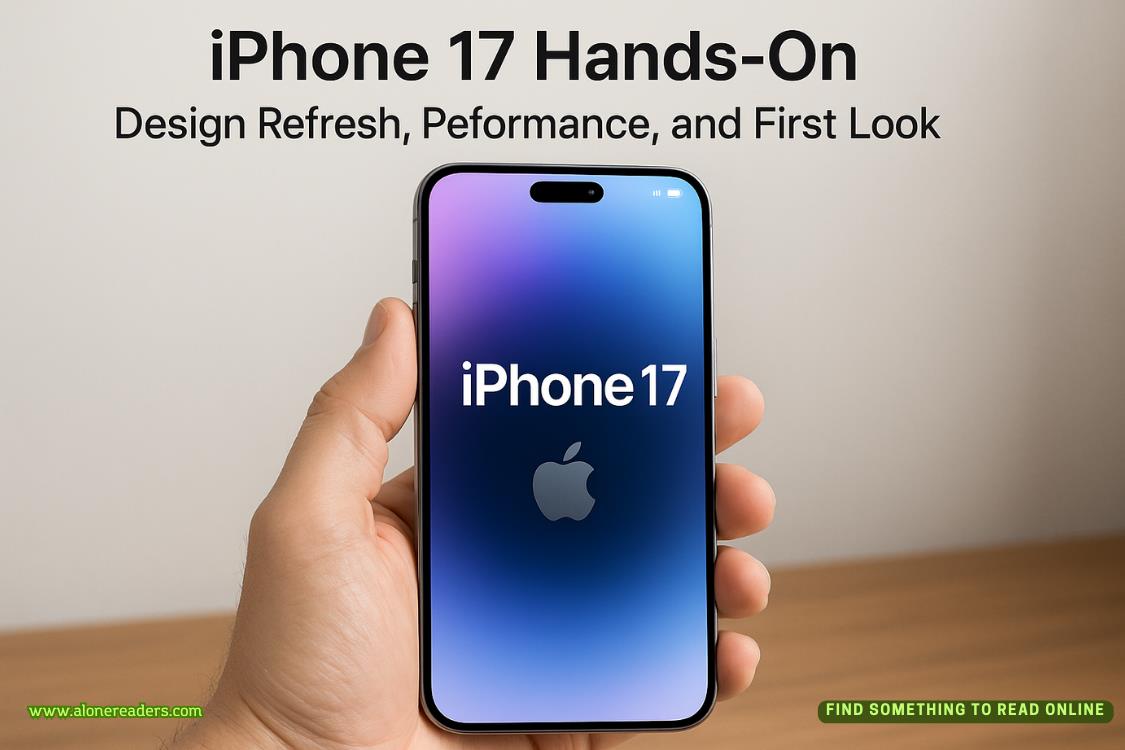Page 143 of Everything She Feared
She held her head in her hands in a futile effort to stop the terrifying thoughts swirling in her mind.
66
Seattle, Washington
Erik Foy, a latentfingerprint specialist at the King County Sheriff’s AFIS Section, went to his supervisor, Kelly Jensen, who was hunched over her worktable.
“What’s up, Erik?”
“I think it’s a no-go collecting anything from the detective’s tablet.”
“Carl Benton’s tablet?” she said without looking up.
“Yeah—” Foy glanced at his notebook “—the one they tagged for Marilyn Hamilton. For what it’s worth, I ran Hamilton’s name through AFIS and nothing comes up for her.”
“You said earlier that the latents were smudged?”
“Yeah, they’re smeared, not enough information. I think her fingers were moving slightly when she touched the surface, distorting the ridge details.”
“Try spots where there may be overlap. I know it’s trickier. You can do it. You got usable stuff from Pierce’s laptop.”
“Alright, but we’re so backlogged.”
“Keep at it, Erik.”
Jensen continued working on her aspect of the case: the rock considered to be the murder weapon in Anna Shaw’s death.
Nearly seven inches in diameter, seventeen inches in circumference, it weighed six pounds. Earlier analysis found traces of hair and blood consistent with Anna Shaw’s hair and blood.
Getting a fingerprint from the rock was critical.
Late yesterday a kit had arrived by courier from Israeli police, via the FBI, with resources that could help Jensen develop prints from the rock. Recovering prints from a rock’s surface had always been considered next to impossible.
But recently forensic experts around the world had begun developing new techniques with positive results. At first they found that time was commonly crucial when examining rocks. The early breakthroughs allowed for collecting prints that were less than two or three days old at most. That was because as the fingerprints saturated the surface, it didn’t take long for them to break apart. But recent advances in the new technology had pushed the time frame back to four or five weeks.
Still, that depended on the kind of rock in question and how porous it was. Different methods were applied to different rocks. This analysis, with so much at stake, was challenging.
Jensen could have sent the rock to the Washington State Crime Lab and let them analyze it. But she wanted to do this in-house. She wanted to learn this technique. She had worked late into the night and resumed early this morning.
The whole time she considered the kit’s guidance for various methods.
Now, as her gloved hands worked meticulously on the rock that the medical examiner said had likely smashed into Anna Shaw’s skull, Jensen caught her breath.
Something’s taking shape here.
Hold up. No. False alarm.
Jensen looked at the rock.
Okay, no prints yet. Nothing to compare.
Jensen resumed studying the information kit.
This is going to take more time.
67
Seattle, Washington















